Managing visitors efficiently is a digital art that transforms traditional scheduling. Online registration creates a seamless experience for both organizations and guests.
Visitors choose appointment times, get instant confirmations, and skip paperwork. For hospitals, offices, and government facilities, this approach means precision scheduling, enhanced accuracy, and reduced wait times.
The digital strategy simplifies administrative challenges while improving overall visitor experience.
In this blog, we’ll explore how a visitor website makes pre-registration effortless and turns appointments into a seamless, stress-free experience for everyone involved.
How Pre-Registration Process Works in Qminder
Qminder's digital approach cuts through traditional visitor management chaos. We've reimagined check-ins to be simple, human, and efficient.
Step 1: Online Form Submission
Forget paper forms and manual headaches. Visitors now enter details quickly and securely online. The system captures information accurately, eliminating errors and saving everyone time.
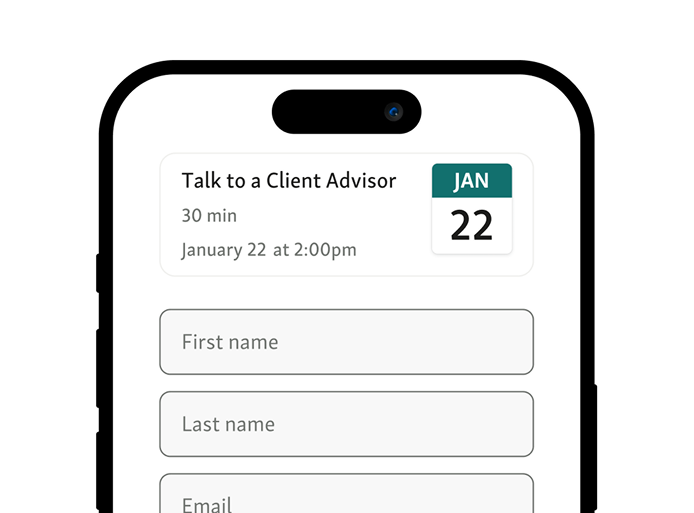
Step 2: Appointment Selection
Scheduling becomes effortless. Choose times that work for you, giving organizations better control over daily visitor flow. No more phone tag or complicated booking processes.
You can configure weekly hours, assign services, set daily limits, and manage exceptions for any team member for Appointments.
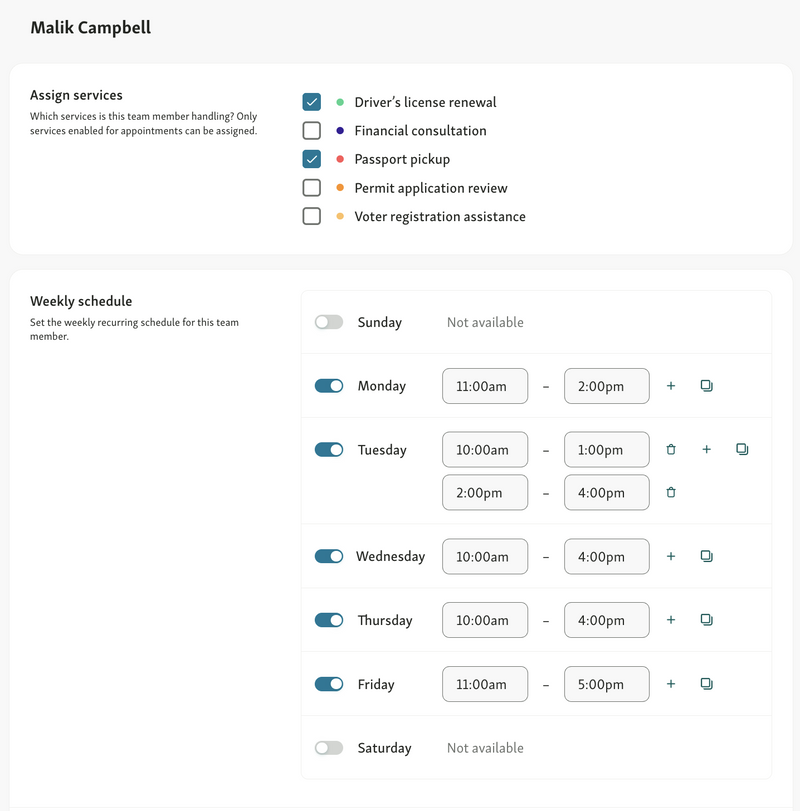
Step 3: Verification and Confirmation
Instant verification sends a unique appointment confirmation. Visitors can bookmark this screen to check for any status updates. This contactless entry method ensures security and speeds up the entire check-in experience.
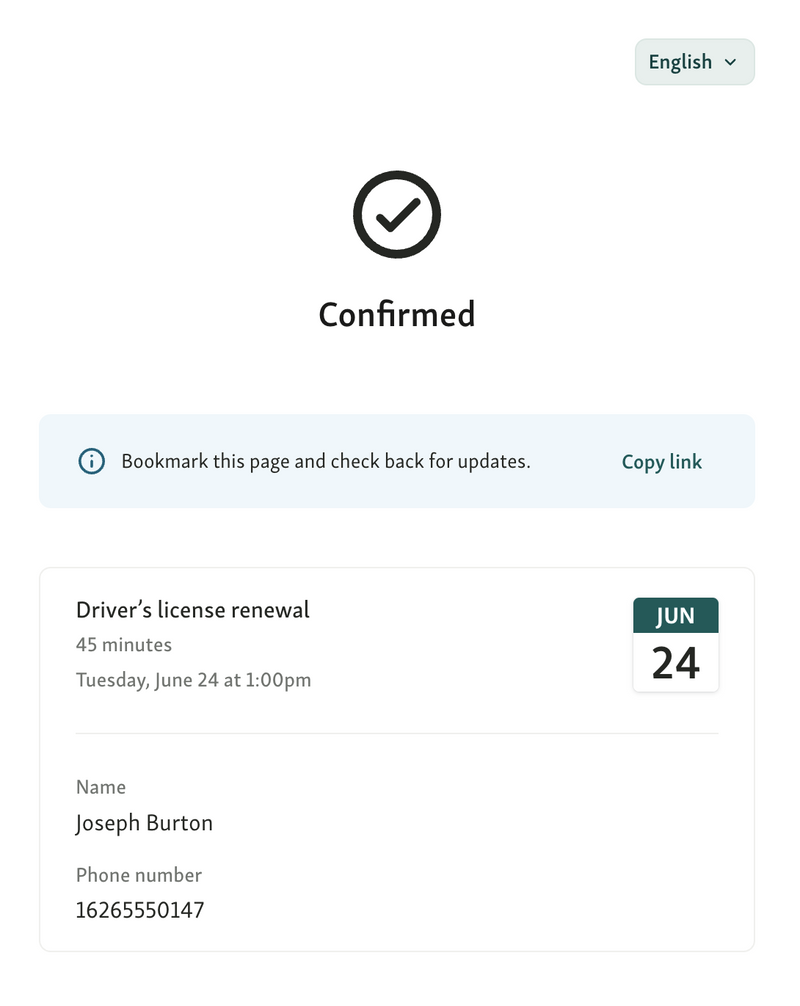
Step 4: Arrival Check-In
Visitors check in directly from their appointment confirmation page without staff assistance. This helps staff start serving faster, and remove traditional waiting line frustrations.
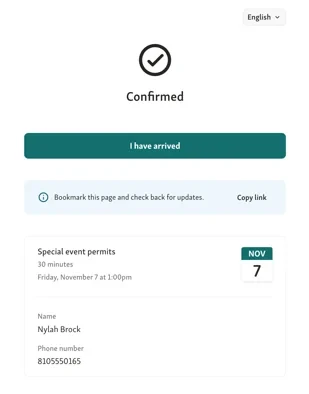
You might also like - Building Great Queue Management: A Step-by-Step Guide for Any Business
How Visitor Websites Simplify the Pre-Registration Process and Appointments
A visitor website acts as a digital gateway for managing visitors efficiently. It modernizes the pre-registration process and helps organizations simplify appointments by automating repetitive tasks, reducing paperwork, and improving accuracy from the start.
1. Streamlined Online Pre-Registration Process
A visitor website lets visitors register their details ahead of time, entering essential information such as contact details, ID numbers, and purpose of visit. This early submission helps staff prepare for each appointment and reduces last-minute congestion.
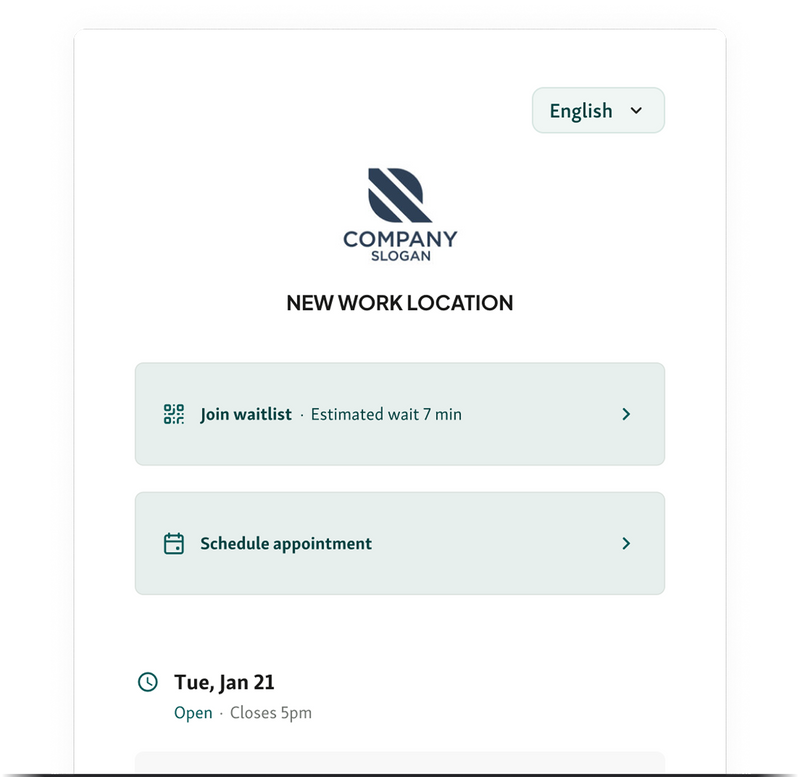
Cuts down front-desk wait times and manual entry errors
Ensures data accuracy and faster visitor verification
Boosts overall efficiency and user experience
Example: City Hall or DMV offices using integrated pre-registration forms connected to their queue management systems for smoother visitor flow.
2. Automated Appointment Scheduling
Most people don’t want to call just to book a time. A visitor website can handle appointment scheduling on its own. Visitors see what slots are open, pick one, and it’s done in seconds. No need for staff to coordinate or confirm by phone.
After they book, the system sends a quick message, confirmation right away, reminders later. It keeps people from forgetting and helps them show up ready.

What this setup does:
Shows the live calendar, so nobody books the same slot twice.
Sends confirmations and reminders automatically, cuts down on no-shows.
Helps staff plan their day better, since they can see how full it’ll be.
Example: Think of a DMV or local office using an online system. People schedule renewals or permit visits online. A text reminder hits their phone the day before. When they walk in, everything’s already set.
3. Secure Document Uploads and Verification
A visitor website often includes secure upload options that let visitors submit necessary documents, like IDs, licenses, or permits, before they arrive. This step not only enhances the pre-registration process but also ensures that verification happens ahead of time, allowing staff to focus on faster service delivery once visitors check in.
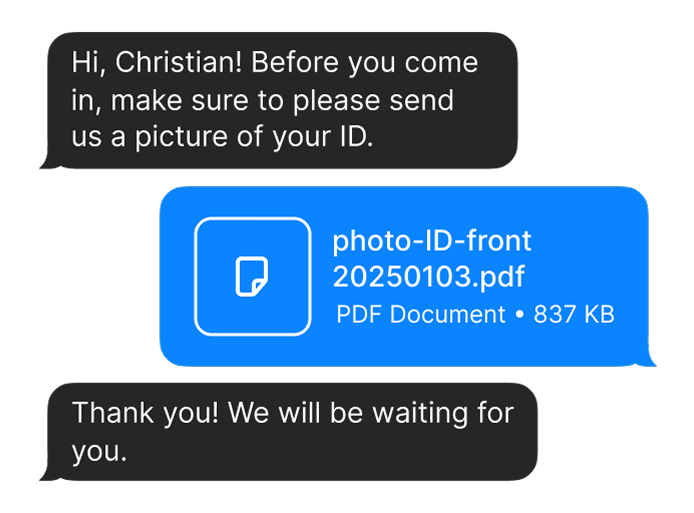
Secure uploads keep sensitive data protected
Staff can review and pre-approve documents in advance
Cuts down manual verification and paperwork at the front desk
Example: A building permit office allowing applicants to upload required documents online, so their information is pre-verified before the appointment.
4. Personalized Visitor Experience
A visitor website can enhance the overall pre-registration process by storing visitor preferences, previous visit details, and frequently used information. This personalization helps simplify appointments for returning visitors, as forms can auto-fill and familiar options appear faster, reducing repetitive data entry.
Saves time for frequent visitors through stored profiles
Offers personalized appointment suggestions based on past visits
Builds trust with a professional, user-friendly online experience
Example: A city permit office where repeat applicants see their previous submissions and can schedule follow-up appointments with just a few clicks.
Also read - Strategies to Deliver Personalized Experiences in Retail Click-and-Collect Services
5. Integration With Queue and Notification Systems
When a visitor website integrates with virtual queue management and alert systems, it transforms how visitors move through the pre-registration process. Visitors receive real-time SMS or email updates about their queue status, expected wait times, or changes in appointment schedules, keeping them informed every step of the way.
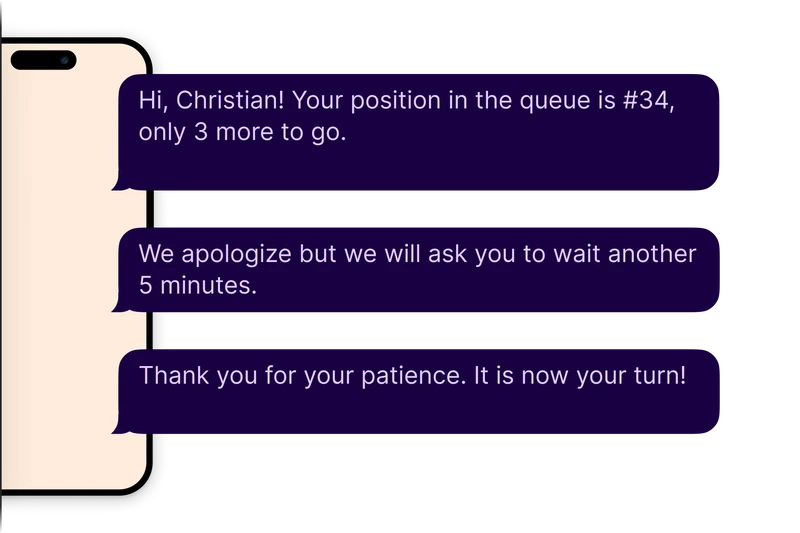
Syncs with digital queue systems for smooth visitor flow
Sends instant notifications for check-in, delays, or service changes
Helps staff manage arrivals efficiently and avoid overcrowding
Example: A DMV where visitors register online, join a virtual queue, and receive text updates on when to arrive for their service.
6. Real-Time Analytics for Better Planning
A visitor website isn’t just about booking times. It also shows what’s really happening day to day. You can see how many people check in, when the rush starts, and where things slow down. Once you’ve got that info, planning gets a lot easier.
By watching the queue analytics, offices can tell which hours get crowded and when to bring in more staff. It’s a simple way to stay ahead instead of reacting after lines build up.
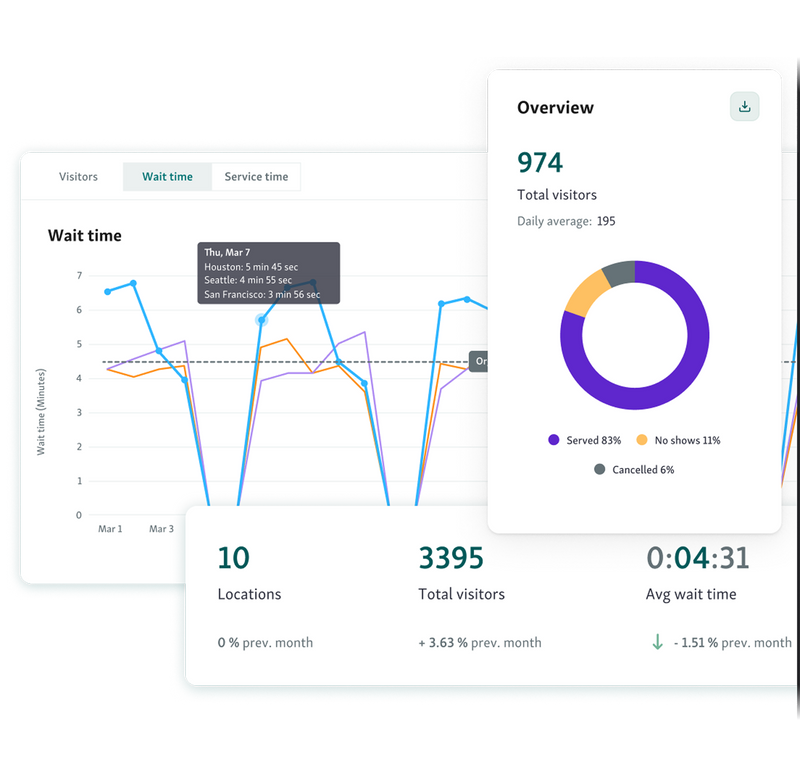
What you’ll usually see:
Live counts of visitors and average wait times.
A clear picture of busy days or hours.
Signs that tell you when to shift people or open another counter.
Example: At one city office, the team noticed Monday mornings always filled up fast. They adjusted shifts so more people worked early in the week. Wait times dropped, and the day ran smoother for everyone.
Turning Pre-Registration Into a Seamless Experience
A good visitor website can change how pre-registration works. It shortens wait times, cuts out manual data entry, and helps offices handle appointments without the chaos. With tools like file uploads, queue links, and real-time data, visitors move faster, and staff stay organized.
If you want something that ties online registration to in-person service, Qminder does that well. It connects both sides, the digital check-in and the face-to-face visit, so everything runs smoothly.
Try a quick Qminder demo to see how it works in action.
Yes. A visitor website can easily handle more than one department. Visitors just pick what they need, permits, licenses, renewals, anything else, and the system sends them straight to the right team.
They do. Most newer visitor websites are built to work on mobile. People can pre-register, book an appointment, or upload files right from their phone, no desktop needed.
They’re designed to be accessible. That can mean offering multiple languages, supporting screen readers, or giving an option for larger text. The goal is to make sure everyone, including visitors with disabilities, can move through pre-registration without a problem.






